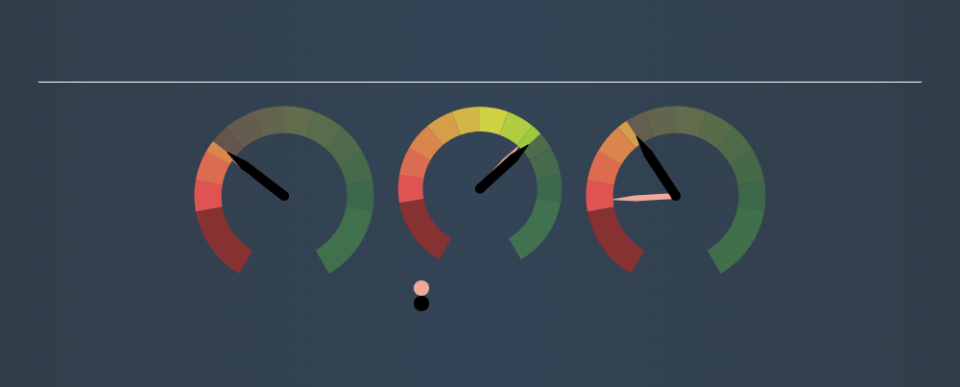Are Livestock Improvement Corporation Limited’s Returns On Capital Worth Investigating?

Today we are going to look at Livestock Improvement Corporation Limited (NZSE:LIC) to see whether it might be an attractive investment prospect. In particular, we'll consider its Return On Capital Employed (ROCE), as that can give us insight into how profitably the company is able to employ capital in its business.
Firstly, we'll go over how we calculate ROCE. Next, we'll compare it to others in its industry. Then we'll determine how its current liabilities are affecting its ROCE.
What is Return On Capital Employed (ROCE)?
ROCE measures the 'return' (pre-tax profit) a company generates from capital employed in its business. Generally speaking a higher ROCE is better. Ultimately, it is a useful but imperfect metric. Author Edwin Whiting says to be careful when comparing the ROCE of different businesses, since 'No two businesses are exactly alike.
How Do You Calculate Return On Capital Employed?
The formula for calculating the return on capital employed is:
Return on Capital Employed = Earnings Before Interest and Tax (EBIT) ÷ (Total Assets - Current Liabilities)
Or for Livestock Improvement:
0.08 = NZ$27m ÷ (NZ$381m - NZ$40m) (Based on the trailing twelve months to May 2019.)
Therefore, Livestock Improvement has an ROCE of 8.0%.
Check out our latest analysis for Livestock Improvement
Is Livestock Improvement's ROCE Good?
ROCE can be useful when making comparisons, such as between similar companies. It appears that Livestock Improvement's ROCE is fairly close to the Food industry average of 8.0%. Separate from how Livestock Improvement stacks up against its industry, its ROCE in absolute terms is mediocre; relative to the returns on government bonds. Investors may wish to consider higher-performing investments.
We can see that, Livestock Improvement currently has an ROCE of 8.0% compared to its ROCE 3 years ago, which was 0.8%. This makes us wonder if the company is improving. You can click on the image below to see (in greater detail) how Livestock Improvement's past growth compares to other companies.
Remember that this metric is backwards looking - it shows what has happened in the past, and does not accurately predict the future. ROCE can be deceptive for cyclical businesses, as returns can look incredible in boom times, and terribly low in downturns. ROCE is only a point-in-time measure. How cyclical is Livestock Improvement? You can see for yourself by looking at this free graph of past earnings, revenue and cash flow.
What Are Current Liabilities, And How Do They Affect Livestock Improvement's ROCE?
Current liabilities include invoices, such as supplier payments, short-term debt, or a tax bill, that need to be paid within 12 months. Due to the way the ROCE equation works, having large bills due in the near term can make it look as though a company has less capital employed, and thus a higher ROCE than usual. To counteract this, we check if a company has high current liabilities, relative to its total assets.
Livestock Improvement has total assets of NZ$381m and current liabilities of NZ$40m. Therefore its current liabilities are equivalent to approximately 10% of its total assets. This very reasonable level of current liabilities would not boost the ROCE by much.
Our Take On Livestock Improvement's ROCE
If Livestock Improvement continues to earn an uninspiring ROCE, there may be better places to invest. But note: make sure you look for a great company, not just the first idea you come across. So take a peek at this free list of interesting companies with strong recent earnings growth (and a P/E ratio below 20).
If you are like me, then you will not want to miss this free list of growing companies that insiders are buying.
We aim to bring you long-term focused research analysis driven by fundamental data. Note that our analysis may not factor in the latest price-sensitive company announcements or qualitative material.
If you spot an error that warrants correction, please contact the editor at editorial-team@simplywallst.com. This article by Simply Wall St is general in nature. It does not constitute a recommendation to buy or sell any stock, and does not take account of your objectives, or your financial situation. Simply Wall St has no position in the stocks mentioned. Thank you for reading.


